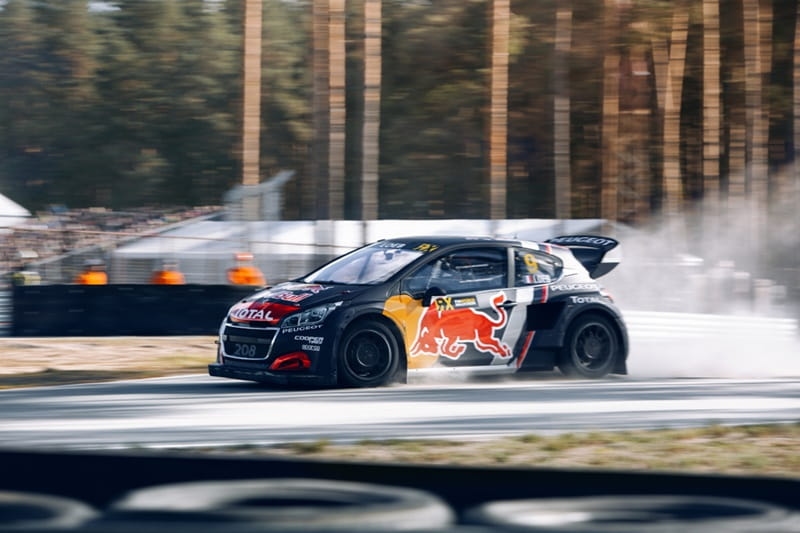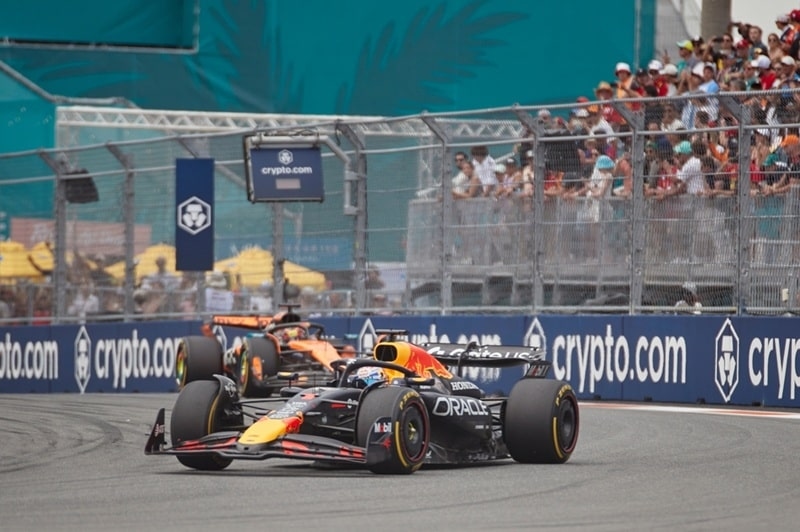Formula 1 Pit Crew's Essential Roles: Precision In The Pits

Formula 1 pit stops constitute a pivotal aspect of any Grand Prix weekend, with the potential to dramatically alter the course of a race where fractions of a second hold significant importance. The F1 pit crew assumes a crucial role in these scenarios, where swift tire changes can significantly impact race outcomes. Contrastingly, if you were to take your regular car to a local garage for a tire change, the wait time is typically around 15 minutes. In the high-speed realm of Formula 1, however, all four tires are swapped in under 3 seconds. A pit stop duration exceeding 2.5 seconds is deemed lengthy, while stops under 2 seconds can secure a couple of track positions. So, how exactly do Formula 1 pit stops function? Discover the composition of the pit crew, the responsibilities of each member, and insights on joining an F1 pit crew.
F1 Pit Crew: Duties During a Pit Stop

The F1 pit crew comprises more than 20 individuals, tasked with stabilizing the car, executing tire changes, adjusting aerodynamics, and safely releasing the car. Notably, a single pit crew serves both cars throughout the race weekend for each team. Consequently, over 200 people, spread across all ten teams, contribute to pit stops in the paddock. Each member holds a crucial role within the team but undergoes training to fulfill a pit crew position. They are essential for the races and business of Formula One.
Tyre Gunner
Role: Operates wheel gun to remove and fit the wheel nut.
Number of Crew: Four (one for each tire).
The tyre gunner's primary task is to operate the pneumatic wheel gun, which loosens the nut holding the tire to the car's wheel. Operating at over 10,000 revolutions per minute, these supercharged guns use compressed air or nitrogen. Modern systems have electronic signals to indicate the successful fitting of the tire, while an 'X' signal is made in case of an error.
Tyre Off Crew
Role: Removes the tires.
Number of Crew Members: Four (one for each tire).
This crew member, alongside the wheel gunner, swiftly removes the 10.5kg tire from the car. Precision is crucial, as any deviation from the mark requires the crew to reorient, potentially slowing down the pit stop.
Tyre On Crew
Role: Brings tires to the pit box and fits them onto the car.
Number of Crew Members: Four (one for each tire).
Responsible for fitting a fresh set of tires to the car, this crew must act promptly, especially during double-stack pit stops. Delays, as witnessed in past races, can impact race outcomes significantly. Once the tires are off, their task is to swiftly and smoothly fit the new tire onto the car.
Front Jack
Role: Elevate the front of the car for tire changes.
Number of Crew Members: Two
This team member utilizes specialized equipment to lift the car's front end, standing at the pit box's front. Sliding the jack beneath the front wing, they apply weight to the handle, raising the car. The front jack maintains this lifted position during the stop, after which the crew member swiftly moves to the side as the front jack releases, allowing the car to descend. In case of mishaps, such as Racing Point's incident in 2020, where a spare front jack crew member stepped in after a pit stop went awry, having a spare proves beneficial. Double-stack pit stops may involve two front jack crew members, each assigned to a car.
Rear Jack
Role: Lift the car from the rear for rear tire changes.
Number of Crew Members: Two
Similar to the front jack, the rear jack lifts the car from behind, facilitating rear tire changes. It slots onto the rear indicator light, with a backup rear jack available in case of malfunctions.
Steadier/Side Jack
Role: Lift the car from behind or operate the side jack.
Number of Crew Members: Two
During a standard pit stop, these members steady the car, counteracting destabilization caused by lifting from either end. Additionally, they play a crucial role in replacing a damaged front wing, using a side jack at the chassis's center to lift the car for tire changes.
Front Wing Flap Adjust
Role: Implement aerodynamic changes to the front wing.
Number of Crew Members: Two
These crew members adjust front wing flaps based on race conditions, tire wear, fuel levels, or driver preferences. Using a drill, they turn a screw to modify oversteer and understeer. During wing changes, they assist in fitting the new wing.
Lollipop Man
Role: Signal for the car's release.
Number of Crew Members: One
While modern electronic systems indicate when a car can be released after a pit stop, the lollipop man ensures safety, identifying gaps in pit lane traffic flow to prevent interference with other cars.
Becoming a Formula 1 Pit Crew Member

To join a Formula 1 pit crew, individuals typically pursue engineering degrees, such as an Engineering Foundation degree or Higher National Diploma. Mechanic and engineering roles within the garage are multifaceted, requiring a broader skill set. Prospective members can explore work placements or apprenticeships with teams. Physical fitness is crucial for pit crew members, as tire weights range from 9.5 to 11.5kg, necessitating swift movements. Rigorous gym sessions build endurance, flexibility, and agility. Mental strength is equally vital, given the high-pressure nature of pit stops. Practice sessions at the team's factory and live pit stop rehearsals on race weekends ensure precision and consistency.
Conclusion
The efficiency and coordination of the Formula 1 pit crew during these high-stakes pit stops play a pivotal role in determining the success of a team on the race track. Planned grandstands opposite the pit building offer the best views of pit stops during a Formula 1 race. This vantage point allows fans to witness the speed and intensity of pit stops, enhancing the overall race-watching experience. These grandstands also provide prime views of the starting grid and post-race celebrations on the podium.
This content was created by AI




